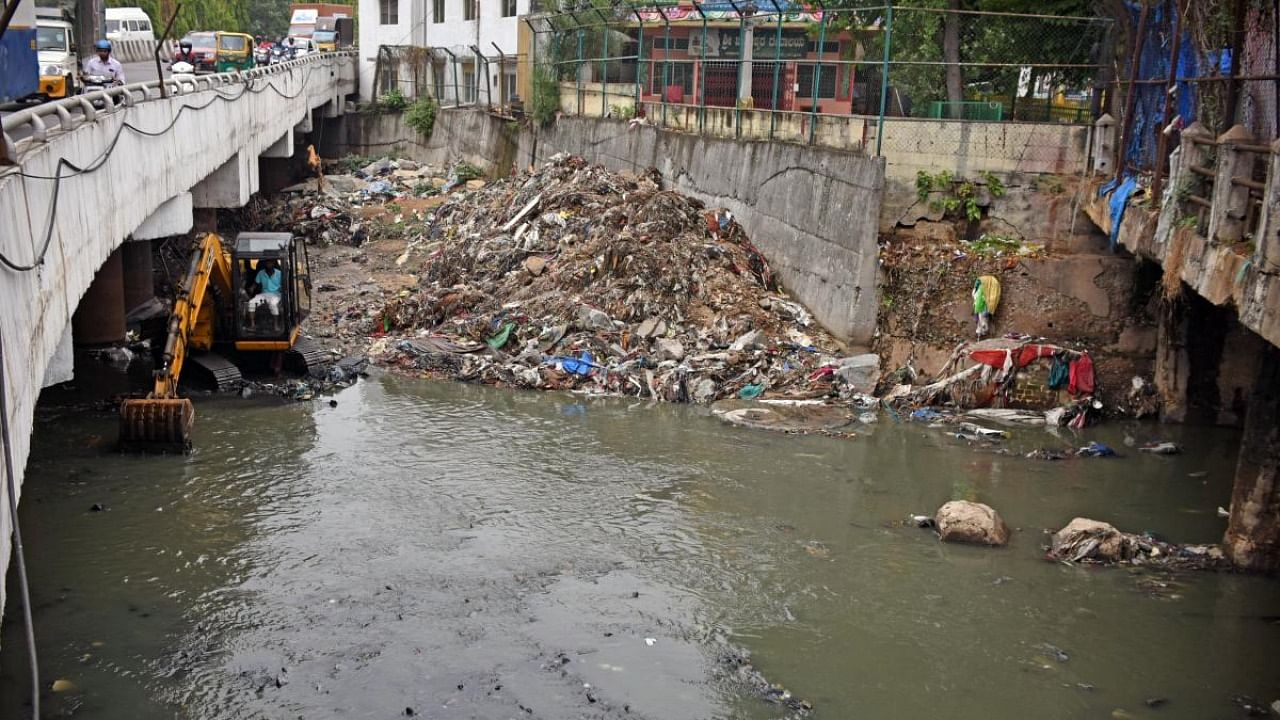
The hygiene, sanitation and the smooth functioning of a city heavily rely upon the drainage and sewage systems. For an ever-expanding Bengaluru with a wide road network, the need to have scientifically designed drainage systems is pertinent.
But, as many have pointed out, the poorly built drainage systems get exposed even after a small downpour, triggering urban floods. This shows how the infrastructural design itself lacks the vision of a sound drainage system. As monsoon is approaching, these issues will be brought to the fore once again. DH spoke to a cross-section of Bengalureans to get their views on the issue.
Chandrashekar H M, an entrepreneur, attributes the insufficient drainage system of Bengaluru to the unplanned civic works. He says, “The poor drainage system has led to contamination of drinking water, bursting of pipelines and back flow of sewers. It is hazardous for public health and property. Many areas get flooded with just two hours of heavy rain.”
He puts across a few solutions. “Removing illegal encroachments in low-lying areas should be a high priority. The Bangalore Water Supply and Sewerage Board (BWSSB) must focus on cleaning the drains before the rainy season and allow the free flow of rainwater. The government has mandated that all apartments and bigger properties implement an appropriate rain water harvesting system. These rules should be applicable for government properties too.”
Disha Shetty, a clinical research professional says that the city's drainage system turns into a mess within a few minutes of downpour. She narrates a recent incident that happened in her locality. “Though the drain is designed well, maintenance is not happening the way it has to be. Just two months ago, residents of our Navodaya Nagar cross had to struggle for almost a month because of the poorly maintained drains.”
To repair that drain, she recalls, “they had to scrape out the road, disrupting our daily commute. Two weeks after repairing it, they reconstructed the road. But when that was done, it rained again and within a couple of minutes the water was all over the road again and our vehicles had to swim across the drains!”
Chitra Venkatesh, secretary of the Kumarapark West Residents Welfare Association, has this to say: “Earlier in our place, water used to overflow onto the roads as the drains were filled with silt. But even after desilting them, water is still overflowing because of the unscientific constructions.”
Koushik Rai, an engineer and a resident of J P Nagar 8th Phase, highlights the placement of drains along the roadsides. He says, “I have seen unscientifically built drains that are placed in a level higher than the road level. If water has to get into the drains, the roads should be at the upper level.”
He adds, “While building roads to houses, apartments and other private buildings, people should put drainage pipes in a proper, practical way.”
“Stagnant water in the drains inevitably leads to the spread of many diseases. This shows how one problem creates a chain of problems. So it is critical that drainage systems all across the city should be properly maintained and this should be done at regular intervals,” he elaborates.